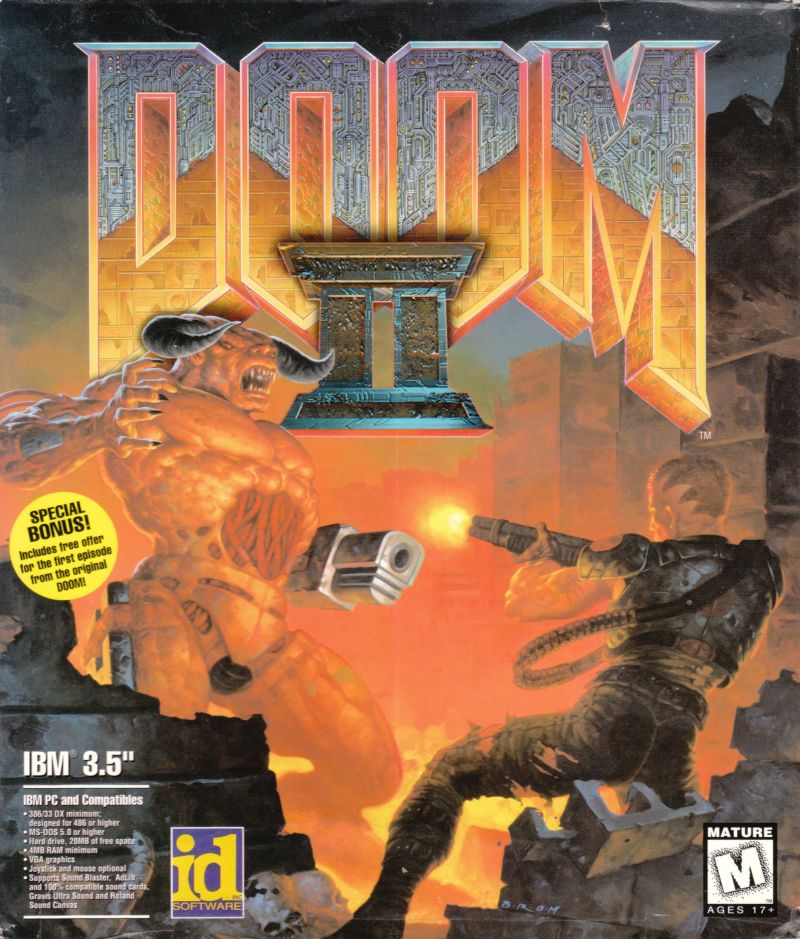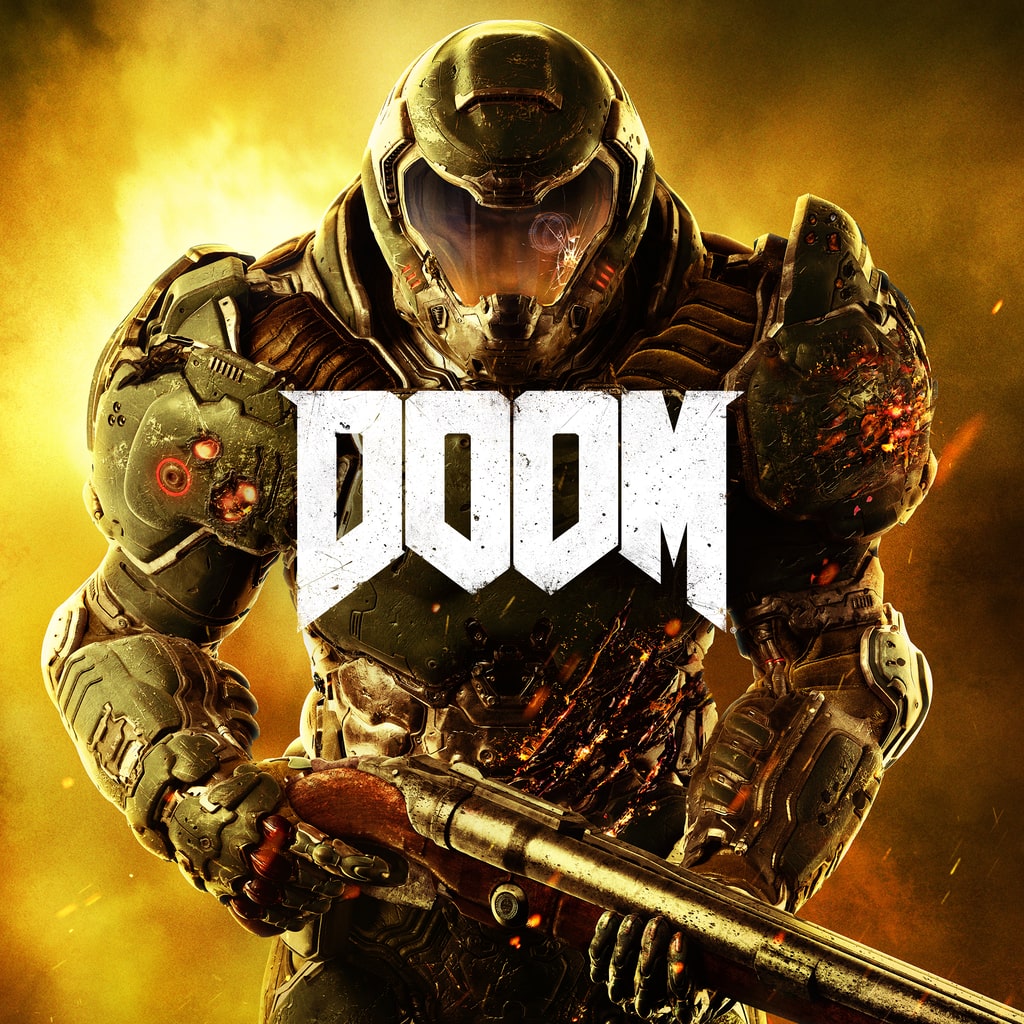

This practice would later become a core feature of id’s business model. They also detached the game’s core source code, known as the “engine,” and licensed it to other companies.

Doom 1 full#
In February 1991, the three friends formed id Software, short for the phrase “in demand.” The company’s Commander Keen titles were distributed via shareware-demo software that is free to play and distribute but must eventually be purchased to unlock full functionality.


Doom 1 license#
In a legal settlement, Romero, Carmack, and Hall agreed to leave Softdisk and license it a number of video games. The game was an immediate success but invariably caught the attention of Softdisk, who claimed they owned Commander Keen’s intellectual property. Working in secret using Softdisk’s computers, Romero, Carmack, and Hall produced the side-scrolling platform game Commander Keen in 1990 for Microsoft’s MS-DOS operating system, the precursor to Windows. But their technological breakthrough caught the attention of an entrepreneur named Scott Miller, who encouraged them to publish original titles with his company, Apogee Software. 3, but the Japanese gaming giant promptly turned them down. 3 for the PC, substituting Dangerous Dave for Mario they later dubbed it “Dangerous Dave in Copyright Infringement.” Hoping to convince Nintendo to bring their games to PC, the trio put together a working demo of Super Mario Bros. Thrilled with the possibilities, Romero, Carmack, and their coworker Tom Hall spent evenings creating a knock-off version of Super Mario Bros. While working on Dangerous Dave and other titles, Romero’s friend and fellow programmer John Carmack developed a novel way to produce rapid side-scrolling graphics called adaptive tile refresh, allowing developers to compensate for the relatively poor graphical capabilities of early ‘90s PCs. The book debuted this week on May 29, and it is available in all the usual locales: through the publisher ( Harper Collins), book stores, online retailers (as a book or in e-formats or audio formats), and at the Museum's gift shop. This feature is excerpted, in slightly modified form, from the new book A History of Video Games in 64 Objects from the Strong Museum of Play. id Software’s Doom was a seminal release in video game history, influencing the form, feel, and perception of so many first-person shooters that followed. Then, in 1993, a space marine blasted his way through hordes of invading demons, blazing a new path for games in the process. The SNES port of the wildly popular (and gratuitously violent) arcade game Mortal Kombat, for instance, replaced blood with sweat and substituted the game’s notorious fatalities with decidedly less violent “finishing moves.” Many game designers felt suffocated by Nintendo’s sanitized ecosystem and began returning to the wild west of video game development, the personal computer, to create exciting new games that challenged graphical and moral boundaries.
Doom 1 code#
The gaming giant Nintendo was not just restricting the number of third-party titles that could be released for its NES and SNES consoles, but it was also enforcing a strict moral code for its games. In the early 1990s, the video game industry was still dominated by that Italian-American plumber named Mario. This groundbreaking game earned a spot in the inaugural class of the World Video Game Hall of Fame. Note the prominent “shareware” advertisement on the top front of the game packaging.
Doom 1 portable#
Doom (1993): Doom’s success lay not only with its addicting gameplay and technical innovations, such as its introduction of a portable game engine, but also in its innovative digital distribution.


 0 kommentar(er)
0 kommentar(er)
